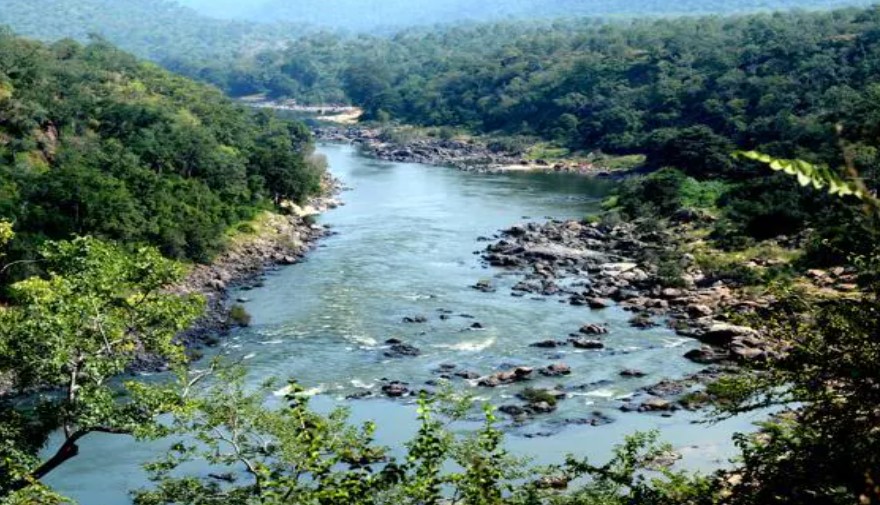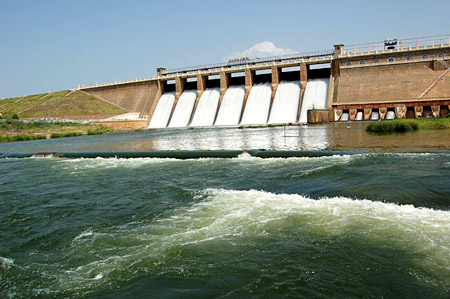- This temple is one of the 276 Devara Paadal Petra Shiva Sthalams and the 13th Shiva Sthalam located on the northern bank of the Cauvery River in Chozha Nadu (Vadakarai).
- This temple is the 67th Thevaram Paadal Petra Shiva Sthalam and the 13th Sthalam located on the northern bank of the Kaveri River in Chozha Nadu.
- Historically, this site was known as Velladai during the 7th century, and it is now referred to as Thirukurugavur and Velladai Thirukadaavur.
- Lord Shiva in this temple is worshipped as a Swayambumurthi, meaning He is self-manifested. The temple faces east and features a single corridor.
- The temple faces east and features a single corridor, though it lacks a traditional main tower (Rajagopuram) or a flag post (dwajasthambam). Instead, visitors are greeted by a beautifully crafted arch at the entrance.
- A unique feature of this temple is its well, where the water is said to turn white on the new moon day in the Tamil month of Thai.
- The last Kumbabishekam (consecration ceremony) was performed on June 18, 1986, marking an important event in the temple's history.
PURANIC SIGNIFICANCE:
Lord Shiva Feeding Sundarar:

- During his pilgrimage, Saivite Saint Sundarar came to this place to worship Shiva, but could not find the temple as the area was a dense jungle.
- Sadly, he continued his journey with his followers.
- When he felt very hungry, an old man approached him, stating that he was feeding Shiva devotees at a nearby location and invited them for lunch.
- Sundarar and his followers enjoyed a hearty feast, along with the hospitality of their host.
- After the meal, Sundarar was very tired and fell asleep for a while.
- Upon waking, he discovered that neither the feeding camp nor any signs of the event remained.
- It dawned on him that it had been Lord Shiva who had quenched his hunger.
- Lord Shiva then appeared before Sundarar and revealed the temple to him.
- This feeding event is celebrated as a great festival on the Full Moon Day of the month of Chithirai (April-May) in the temple.
- Devotees believe that worshipping the Lord here will ensure a life free of hunger.
Tirugnana Sambandar Prayed to Lord Shiva for Absolving His Sins for Killing Jains
- Tirugnana Sambandar, a child devotee of Lord Shiva, was blessed with remarkable poetic abilities by Mother Parvathi.
- He fought against the Jains who waged war on Saivism.
- According to the literary history of Tamil Nadu, it was Child Sambandar and the wise, aged Saivite saint who fought together against the Jains.
- Through various challenges, Sambandar defeated the Jains and re-established the glory of Saivism in Tamil Nadu, nearly eliminating Jainism from the region.
- As agreed between Sambandar and the Jains, the latter were hanged after Sambandar won every challenge.
- However, Sambandar incurred the sin of causing their deaths and wished to go to Kasi to atone.
- He prayed for permission from Lord Shiva in Sirkali to proceed to Kasi.
- Lord Shiva appeared before Sambandar and brought the Ganga to him.
- Lord Shiva brought the Ganga in the form of “Pal Kinaru” ( Milk well ) to take a dip and get relieved of the sin at Kurukavur itself.
- The devotees are allowed to take bath in the well on Thai Pournami day and it will be closed for the rest of the year.
- During that time water will be in Milk Colour.
- The child saint dipped in the holy waters and was relieved of his sin.
- A temple was later erected at this site.
- The River Ganga sprang from a well here on the New Moon day in the Thai month (January-February).
- Based on this story, the holy spring is opened for the use of devotees only on this day and remains closed for the rest of the year.
Vishnu in the Form of Rishaba Worshipped Shiva Here
It is said that Lord Vishnu took the form of a white Rishaba (bull) to worship Shiva, leading to the names Velvidai, Rishabapuram, and Vishnupuram.
Shiva Made Kuberan Gift Gems to a Poor Devotee
Another belief is that Lord Shiva caused Kuberan to provide a poor devotee with a gift of gems, hence the name Ratnankureswarar.
Story Behind the Name Kurukavur
Agni, in the guise of a pigeon, tested King Sibi.
To regain his original form, he created a river and offered its waters in prayer to Shiva, resulting in the name Kurukavur.
ADMINISTRATION:
The administration of Thirukurukavur Sri Velladainatha Swami Temple is typically managed by a local temple trust or committee, which includes members from the community and devotees. Additionally, it falls under the jurisdiction of the Hindu Religious and Charitable Endowments (HR&CE) Department of Tamil Nadu, which oversees many temples in the state to ensure proper management and accountability.
f757c4.jpg)

